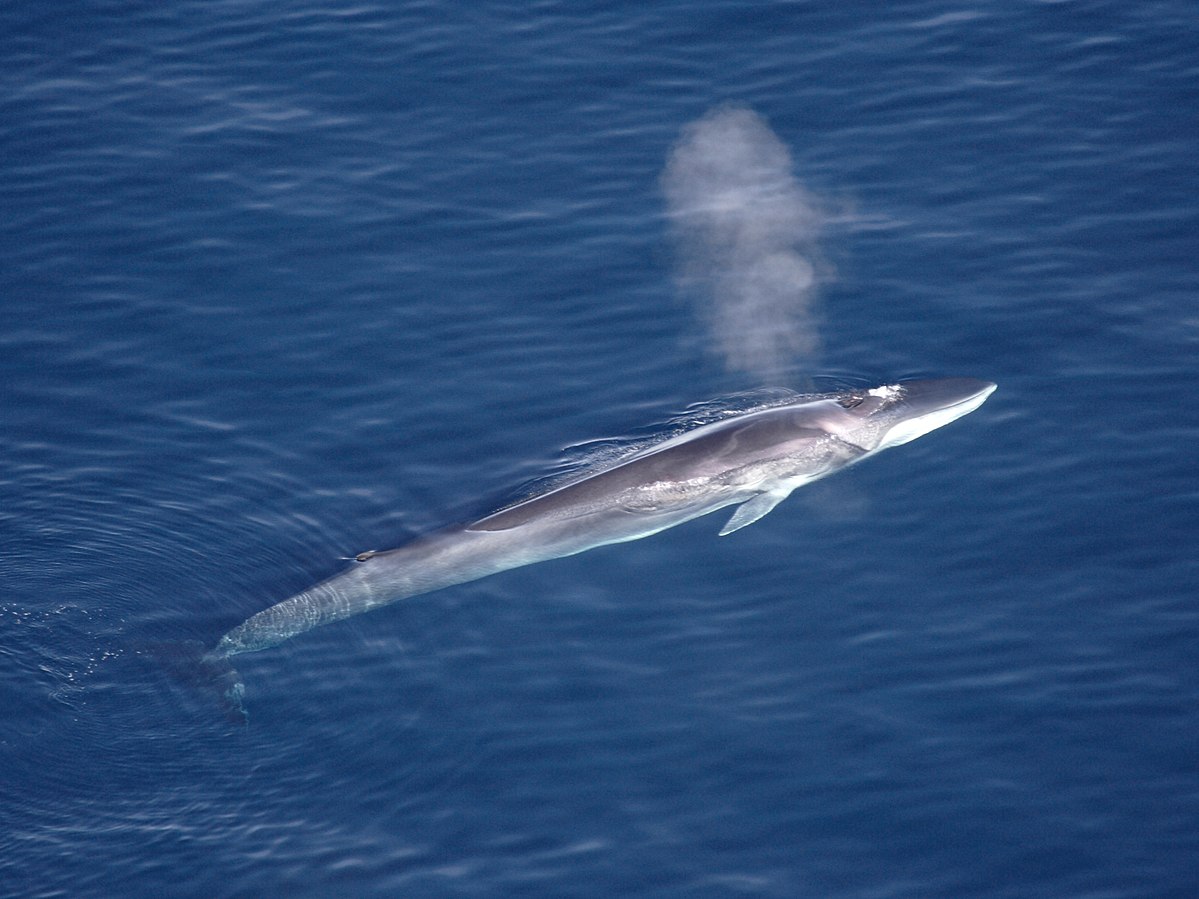
Scientists trying to map the Pacific Ocean floor get an unexpected assist from the world’s second-largest mammal
Fin whale songs are one of the loudest sounds in the ocean. At about 189 decibels, they’re comparable to engines on large ship. The songs are usually treated as noise by seismologists because they muddy up soundwave data reflected from the bottom of the sea.

Seismologists bounce sound off the seabed to try and learn what’s underneath, determining the thickness an viscosity of Earth’s crust layers. The noise is usually made by an “air gun” array, large pressurised chambers mounted on a ship. Air guns are big, expensive and their use is regulated for ecological reasons as they create a lot of noise in the ocean that may be harmful to ocean wildlife.

Fin whale calls are quieter with a more narrow frequency range compared to air guns, but a new study analysed fin whale songs recorded at ocean-bottom seismometers in the northeast Pacific Ocean. It showed that Fin whale recordings contain signals reflected and refracted layers deep from below the seabed.

From the data, the scientists learned the thickness and movement of the oceanic layers. The abundant and globally available fin whale calls may be used to complement seismic studies in situations where conventional air-gun surveys are not available.
The study is authored by Václav Kuna, a seismologist, who found it quite by accident. Using this biological source of seismicity, the team found they could see 8,200 feet below the seafloor, through sediments and the underlying volcanic rock.
SOURCE 1, SOURCE 2, SOURCE 3, SOURCE 4, SOURCE 5, SOURCE 6, SOURCE 7